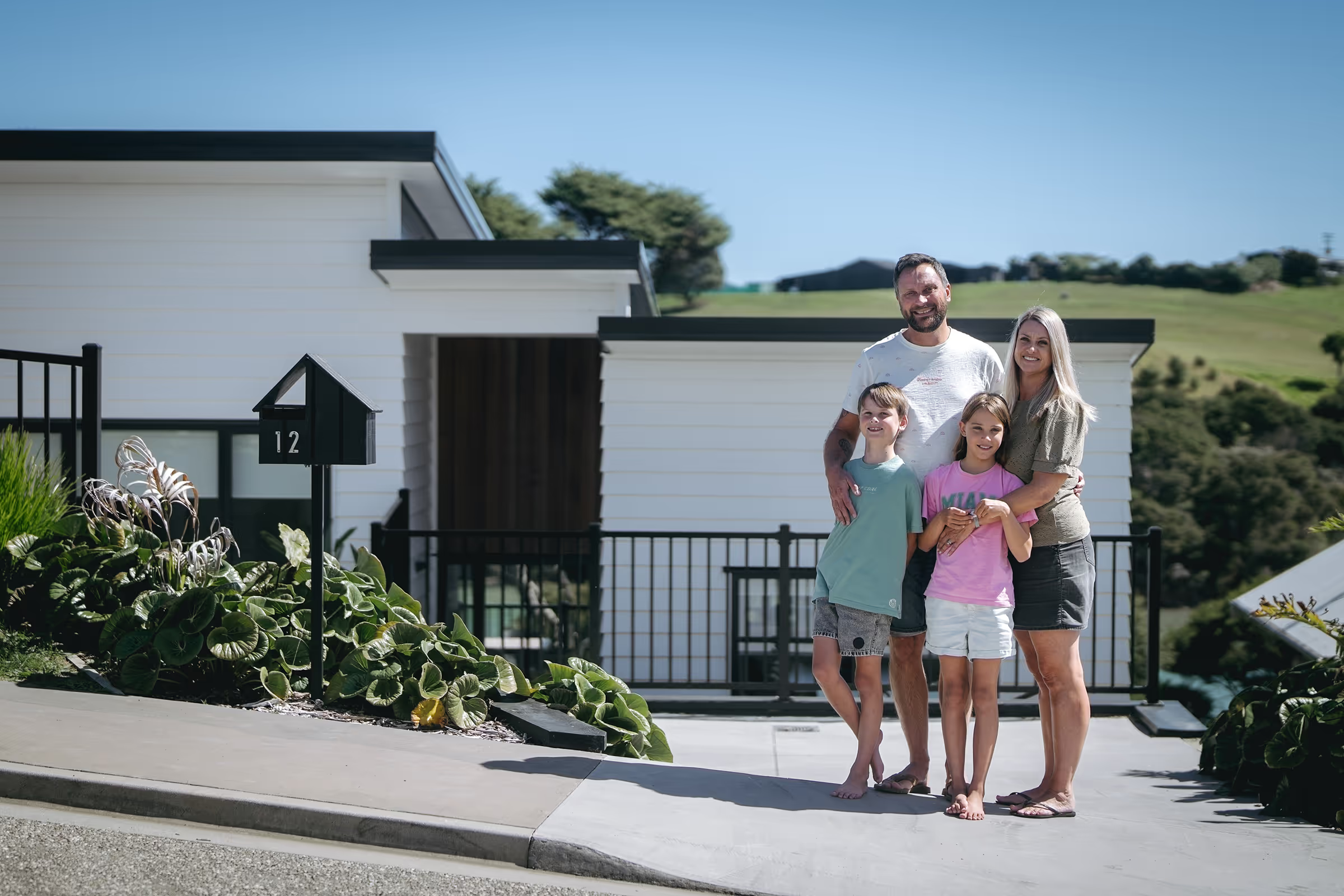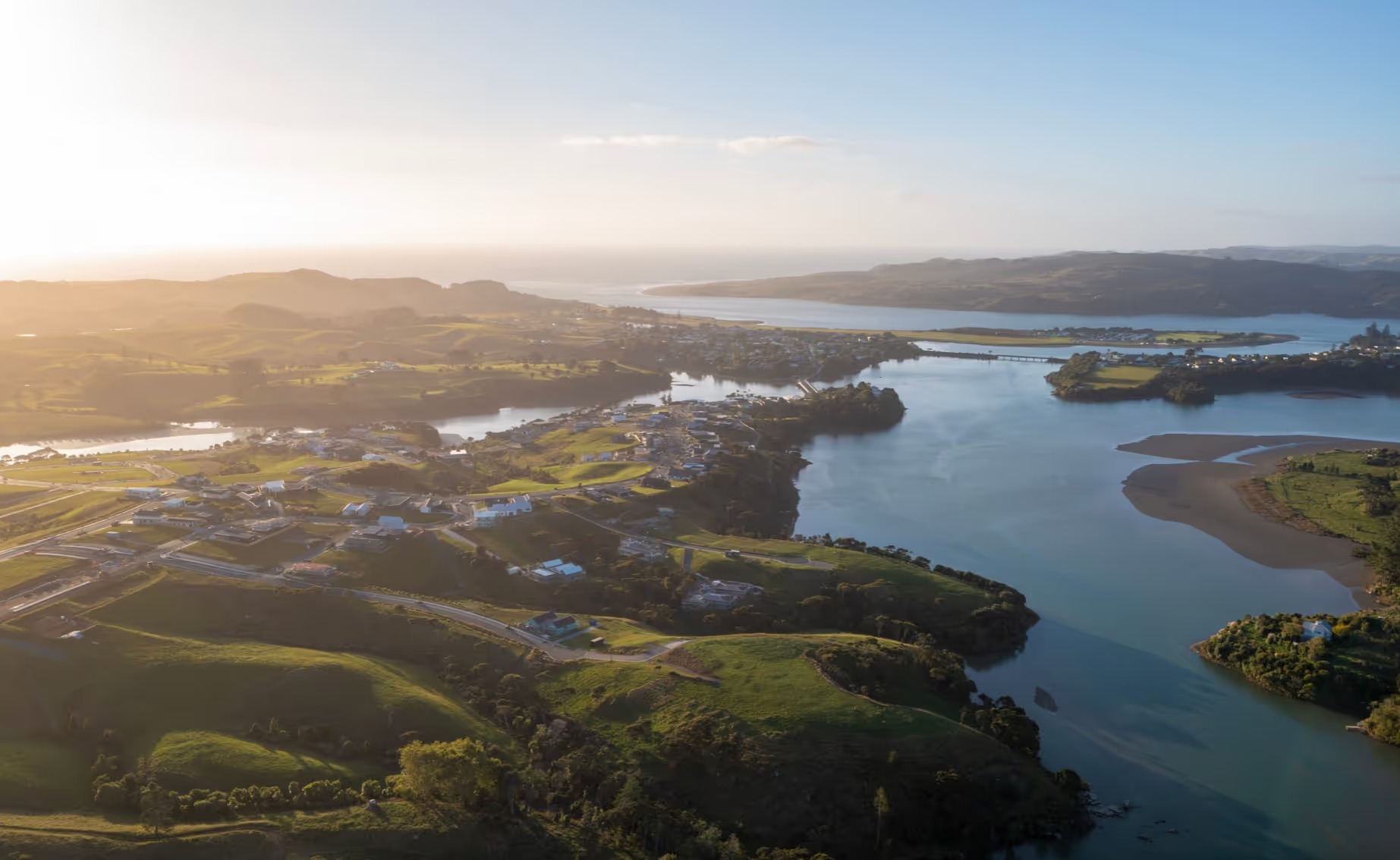Building a New Future
Raglan has been committed to zero waste since 1999, with Xtreme Zero Waste being the champion of this movement, and much of the Raglan community supporting this great initiative. We teamed up with Xtreme Zero Waste who produced a handy guide for any businesses in the construction industry, and homeowners to help reduce their construction waste. Read on for an overview of this booklet. You will find more detailed information in the brochure with some handy reference tools.
Follow this link to download the brochure.

Overview of the history of zero waste in Raglan:
Raglan was declared a zero-waste town by our Community Board in 1999. The Community formed a Community Enterprise – Xtreme Zero Waste to manage the town’s waste and turn the negatives of waste into multiple benefits for our town.Over the last 20 years, the Raglan Community has progressed towards zero waste.
Annually we divert over 76% of its total solid waste, which is one of the highest diversion rates in the country.What we used to bury in the ground now employs 42 people and injects funding directly into the community through wages, contracts and spending in local shops.What we divert is either recycled through NZ industries or made available to our community as resources. This further stimulates the local, regional and national circular economy.By diverting waste from landfills from your construction or demolition project you are supporting the Raglan Community Zero Waste programme and participating in a circular economy model.
What is on Offer at Xtreme Zero Waste?
Xtreme Zero Waste operates a Resource Recovery Centre located at 186 Te Hutewai Road, Raglan (2km past the golf club).
the centre offers a home for:
- Recyclables
- Reusables
- Compostables
- Landfill
- It also offers reusables, added value items and compost for sale
-
Xtreme has a variety of services on offer:
- Recycling collections
- Waste collections
- Mini skip hire (2.5, 3.5, 4.5 m3)
- Business collections
- Event waste management design
- Waste audits, product/packaging development, specific waste stream advice
- Composting of food, garden, weeds & packaging
- Research and Development
- Demolition
- Zero waste education & site tours
-
Understanding The Waste Hierarchy
Waste is costly for businesses and the environment. The waste hierarchy sets out priorities for using resources in the most efficient way and reducing the amount of waste that is produced. The upper part of the waste hierarchy focuses on ways to divert waste from landfills. It helps us to think about how we can:
- Avoid creating waste and reduce the amount of waste we generate
- Recover resources by Reusing & Recycling
Avoiding waste is as much about design and planning as it is about systems for diversion.

Why construction waste matters to the developer/builder
By designing out waste from project start to finish, you can:
Save money:
- On purchase costs of materials wasted
- On cartage to landfill, disposal costs and landfill levy
- By earning revenue from recovered materials
- Avoid non-compliance costs
Save time:
- More effective on-site waste practices
- Avoid time spent on managing regulatory non-compliance
Save stress:
- Enjoy a hassle-free, waste-free build
Promote:
- Buy only what you need
- Use materials efficiently
- Prevent environmental damage caused by poor materials handling and storage
- Contain waste within your worksite
- Separate and divert as much waste as possible
Project Planning Key Points
- Plan waste minimisation into the project from the time of its inception
- Develop a Site Specific Waste Plan (SSWP) for your project to divert construction and deconstruction waste from landfill
- Build the implementation of your project’s SSWP into project contracts. Specify waste minimisation actions, such as:
- Relocating structures
- Deconstructing existing structures
- Diverting materials from landfills through reuse, recycling, and recovery
- Use materials efficiently and manage on-site storage to optimise materials’ use and avoid wastage
- Make sure that deconstruction materials and construction waste are managed to divert as much as possible from landfill
Project ChecklistBefore you begin your project:
- Set waste minimisation goals and objectives
- Analyse waste types and quantities
- Include SSWP in contract documentation
At the start of your project:
- Make someone responsible for on-site waste management
- Brief/communicate SSWP to all contractors, managers, staff and subcontractors
- Set targets for reducing the amount of each waste type sent to landfill
- Direct contractors to REBRI for resources and practical guides
- Set out resource recovery methods for each material
During your project:
- Implement materials handling standards
- Check materials storage
- Monitor/audit contractors/sub-contractors
- Track progress
At the end of your project:
- Collate data from waste and recycling collection contractors
- Evaluate results
- Calculate savings
Prepare and submit an SSWP in partnership with the deconstruction contractor (ifany), waste collectors/processors and any community resource recovery organisation(s).The submitted plan should be guided by the REBRI Waste Management Plan template and should include the elements in Section 8.

.svg)





































































































.svg)